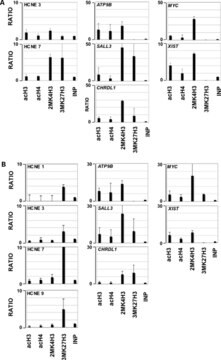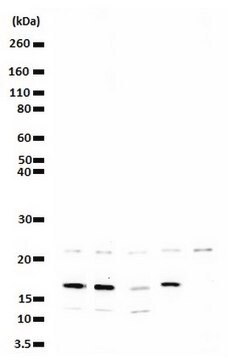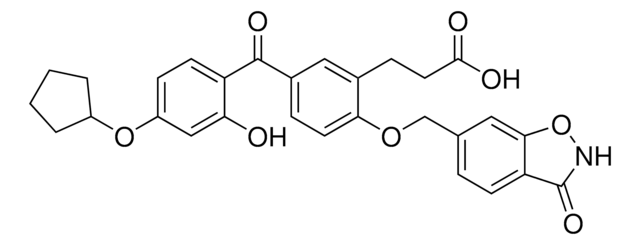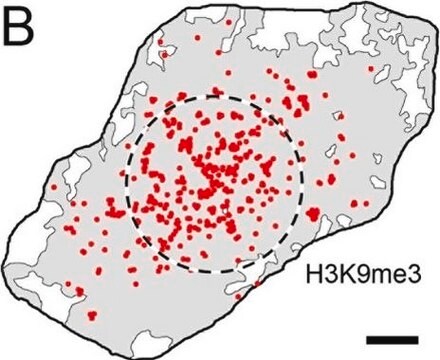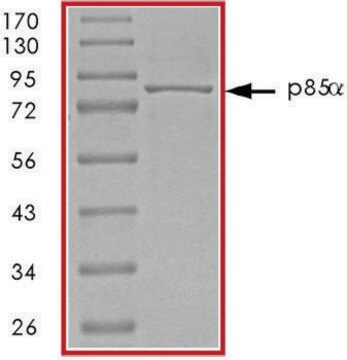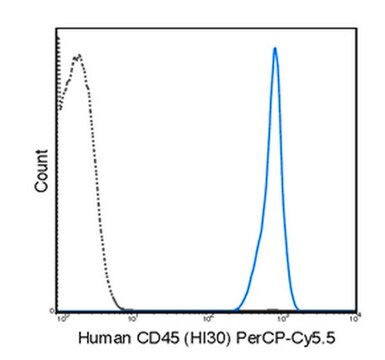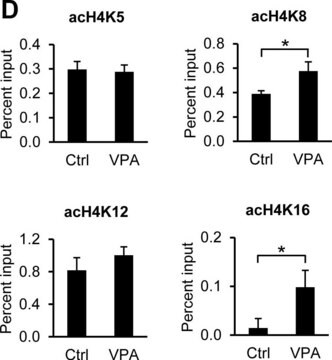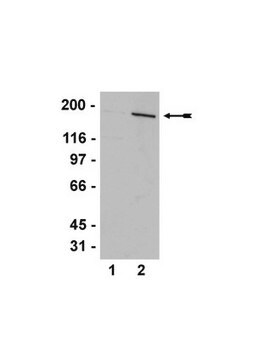07-595
Anti-acetyl-Histone H4 (Lys12) Antibody
serum, Upstate®
Sinonimo/i:
H4K12Ac, Histone H4 (acetyl K12)
About This Item
Prodotti consigliati
Origine biologica
rabbit
Livello qualitativo
Forma dell’anticorpo
serum
Tipo di anticorpo
primary antibodies
Clone
polyclonal
Reattività contro le specie
Saccharomyces cerevisiae, human
Produttore/marchio commerciale
Upstate®
tecniche
ChIP: suitable (ChIP-seq)
dot blot: suitable
western blot: suitable
Isotipo
IgG
N° accesso NCBI
Condizioni di spedizione
dry ice
modifica post-traduzionali bersaglio
acetylation (Lys12)
Informazioni sul gene
human ... HIST2H4B(554313)
Descrizione generale
Acetylation of histone H4 occurs at several different lysine positions in the histone tail and is performed by a family of enzymes known as Histone Acetyl Transferases (HATs).
Specificità
Immunogeno
Applicazioni
Epigenetics & Nuclear Function
Histones
Qualità
Descrizione del bersaglio
Stato fisico
Stoccaggio e stabilità
Risultati analitici
Acid extracted proteins from HeLa cells treated with sodium butyrate
Altre note
Note legali
Esclusione di responsabilità
Non trovi il prodotto giusto?
Prova il nostro Motore di ricerca dei prodotti.
Codice della classe di stoccaggio
10 - Combustible liquids
Classe di pericolosità dell'acqua (WGK)
WGK 1
Certificati d'analisi (COA)
Cerca il Certificati d'analisi (COA) digitando il numero di lotto/batch corrispondente. I numeri di lotto o di batch sono stampati sull'etichetta dei prodotti dopo la parola ‘Lotto’ o ‘Batch’.
Possiedi già questo prodotto?
I documenti relativi ai prodotti acquistati recentemente sono disponibili nell’Archivio dei documenti.
Il team dei nostri ricercatori vanta grande esperienza in tutte le aree della ricerca quali Life Science, scienza dei materiali, sintesi chimica, cromatografia, discipline analitiche, ecc..
Contatta l'Assistenza Tecnica.